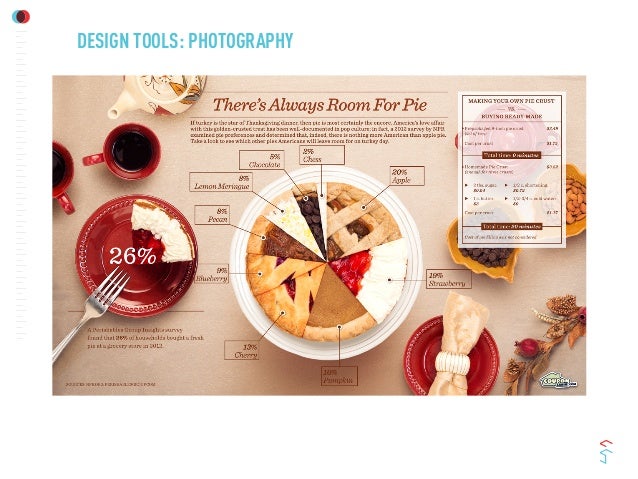Join Us To Find Crucial Digital Photography Tips That Will Open Your Video Camera'S Capacity-- Prepare To Catch Stunning Pictures In No Time At All!
Join Us To Find Crucial Digital Photography Tips That Will Open Your Video Camera'S Capacity-- Prepare To Catch Stunning Pictures In No Time At All!
Blog Article
Content By-Lyons Elmore
When you first grab your camera, it can feel overwhelming with all the settings and choices offered. You might find yourself wondering how to browse aperture, shutter speed, and ISO efficiently. Mastering these principles is vital, but there's more to photography than simply technical knowledge. Recognizing composition techniques and illumination problems can boost your images substantially. So, what if you could find out simple approaches to enhance your abilities and begin capturing outstanding photos quicker than you believe? Allow's discover how to transform your photography journey.
Understanding Cam Setups
Comprehending your electronic camera settings is important for capturing magnificent pictures. When you get your cam, familiarize yourself with the 3 primary settings: aperture, shutter rate, and ISO. Each plays an important role in exactly how your images end up.
Begin with aperture, which regulates the amount of light getting in the lens. go to this site (reduced f-number) allows extra light and produces an attractive background blur, ideal for portraits. On the other hand, a narrower aperture (greater f-number) keeps even more of the scene in focus, ideal for landscapes.
Next off, focus on shutter speed. This setting figures out how much time your cam's sensor is exposed to light. A fast shutter rate ices up movement, which is fantastic for activity shots, while a slow shutter rate can create stunning effects like smooth water in landscapes.
Finally, readjust your ISO. This setup impacts your electronic camera's sensitivity to light. A greater ISO is useful in low-light circumstances however can present noise or grain. Aim for the most affordable ISO feasible while still attaining appropriate exposure.
Composition Strategies
When you're out capturing, composition can make all the distinction in just how your photos resonate with viewers. Beginning by utilizing the regulation of thirds; visualize your framework divided right into 9 equal areas with 2 straight and 2 vertical lines. click the up coming webpage along these lines or at their intersections to develop balance and rate of interest.
Next, think about leading lines. These all-natural lines in your scene, like roadways or rivers, draw the customer's eye into the picture, directing them via the story you're informing.
Don't forget about mounting; usage elements within your scene, like trees or windows, to develop a framework around your topic, including depth and focus.
Likewise, keep an eye on your history. A chaotic history can distract from your major subject, while a straightforward one aids it attract attention.
Lastly, try out Personal branding and patterns; they can develop a striking photo that captures interest.
Mastering Illumination Issues
Understanding illumination problems is important for capturing sensational photos, as the best light can transform a common scene into something phenomenal.
Begin by observing natural light at different times of the day. Mornings and late afternoons supply the very best light, called the golden hour. The soft, cozy tones throughout these times can improve your photos magnificently.
Don't shy away from cloudy days either; diffused light can lessen extreme shadows and develop a pleasing result, particularly for pictures.
Explore backlighting by positioning your subject against the light. This technique can create a wonderful halo impact and add depth to your photos.
Take note of your cam setups also. Change the ISO, aperture, and shutter rate to suit the illumination conditions. A higher ISO can help in low light, yet beware of grain.
Make use of a tripod in darker atmospheres to prevent blur.
Lastly, don't fail to remember fabricated lighting. Flash and continuous lights can be terrific tools for controlling light in difficult conditions.
Conclusion
To conclude, understanding your camera doesn't need to be frustrating. By understanding your setups, using structure techniques, and using the power of natural light, you'll swiftly raise your photography abilities. Keep in mind, exercise makes excellent, so go out there and experiment with your newly found expertise. With time and dedication, you'll be capturing sensational photos that show your one-of-a-kind point of view. Delight in the journey, and don't fail to remember to have fun while you're at it!
